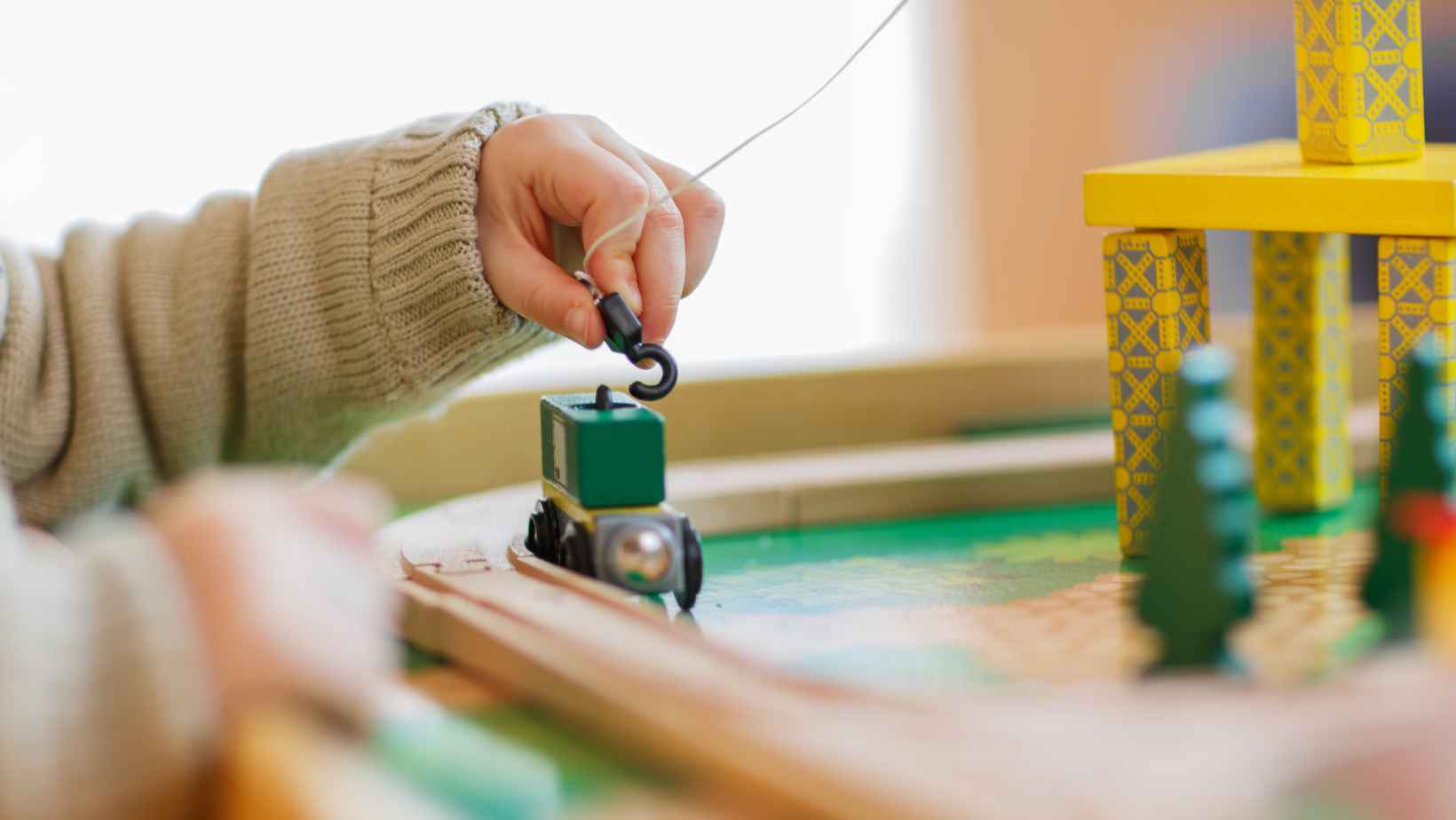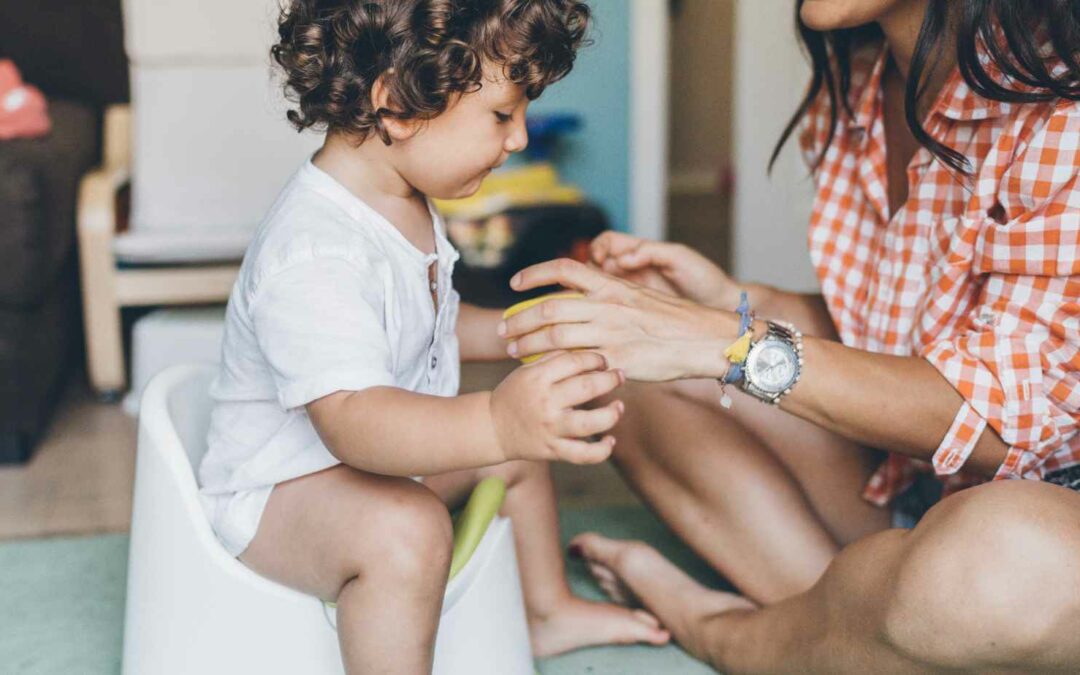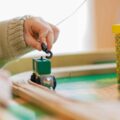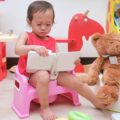When it comes to potty training toddlers, a potty chart can be an incredibly helpful tool. A potty chart is essentially a visual way to track and reward a child’s progress in using the toilet independently. It provides a fun and interactive way for both parents and children to stay motivated throughout the potty training journey.
Using a potty chart for toddlers serves multiple purposes. Firstly, it helps establish a routine and structure around using the toilet. By setting specific goals and tracking their achievements, children gain a sense of accomplishment and pride in their own abilities. Secondly, the chart acts as positive reinforcement by offering rewards or incentives for successful bathroom trips. This can range from stickers on the chart to small treats or privileges that further motivate children to use the potty consistently.
Potty Chart For Toddlers
Finding the Perfect Potty Chart
When it comes to potty training, a potty chart can be an incredibly useful tool. It helps toddlers track their progress and provides a visual representation of their achievements. But how do you find the perfect potty chart for your little one?
Firstly, consider the design. Look for charts that are visually appealing and capture your child’s interest. Whether it’s colorful illustrations or their favorite characters, finding a chart that grabs their attention can make the process more exciting for them.
Secondly, think about functionality. Choose a potty chart that is easy to understand and use. It should have clear sections or spaces where your toddler can mark their successes, such as stickers or checkmarks. This will not only motivate them but also help them visualize their progress.
Understanding Your Toddler’s Needs
Every child is unique, which means there is no one-size-fits-all approach to potty training. It’s crucial to understand your toddler’s needs and tailor the experience accordingly.
Start by observing signs of readiness in your child – physical cues like staying dry for longer periods or expressing discomfort in wet diapers could indicate they are ready for toilet training. Also, pay attention to verbal cues where they express interest in using the toilet like using words related to bathroom activities.
Once you’ve identified these signs, create a routine around regular bathroom breaks throughout the day. Use the best toilet paper for sensitive skin to ensure your child feels comfortable and avoids irritation. Making the experience as pleasant as possible will help your child develop positive associations with using the toilet.

Using The Potty Chart With Your Toddler
So, you’ve decided to embark on the potty training journey with your toddler. Congratulations! It’s a big milestone for both of you. One tool that can greatly assist in this process is a potty chart for toddlers. In this section, I’ll guide you through how to effectively use the potty chart and make potty training a positive and rewarding experience for your little one.
- Introduce the Concept: Start by introducing the idea of the potty chart to your toddler. Explain that it’s a special chart where they can earn stickers or rewards every time they successfully use the potty. Make it sound like an exciting adventure and involve them in choosing their favorite stickers or rewards.
- Set Clear Goals: Next, set clear goals with your toddler regarding their bathroom achievements. For instance, aim for using the potty at certain times during the day or staying dry overnight. Break these goals into smaller steps to make them more attainable and less overwhelming for your child.
- Display the Potty Chart: Choose a prominent place in your home where you can display the potty chart, such as on the fridge or bedroom wall. Ensure that it’s easily visible and accessible to both you and your toddler.
- Celebrate Accomplishments: Every time your child successfully uses the toilet, mark their achievement on the chart together with a sticker or by coloring in a square if using a printable version of the chart. Don’t forget to celebrate each accomplishment enthusiastically! Offer praise, hugs, high-fives, or small rewards like extra playtime or reading their favorite story.
- Track Progress: Regularly review and discuss progress with your child by pointing out how many stickers they have earned so far on their potty chart. This visual representation will help motivate them further as they see themselves getting closer to reaching their goals.
- Stay Consistent: Consistency is key when using a potty chart. Make sure to consistently use the chart and reward system, even on days when accidents happen. Reinforce the idea that accidents are a normal part of learning and encourage your child to keep trying.
Remember, every child is different, so be flexible and adapt this approach to suit your toddler’s unique needs and personality. With patience, consistency, and positive reinforcement through a potty chart for toddlers, you’ll soon see progress in your little one’s potty training journey!
Jessica has a flair for writing engaging blogs and articles. She enjoys reading and learning new things which enables her to write different topics and fields with ease. She also strives to break down complex concepts and make them easy for anybody to comprehend.





